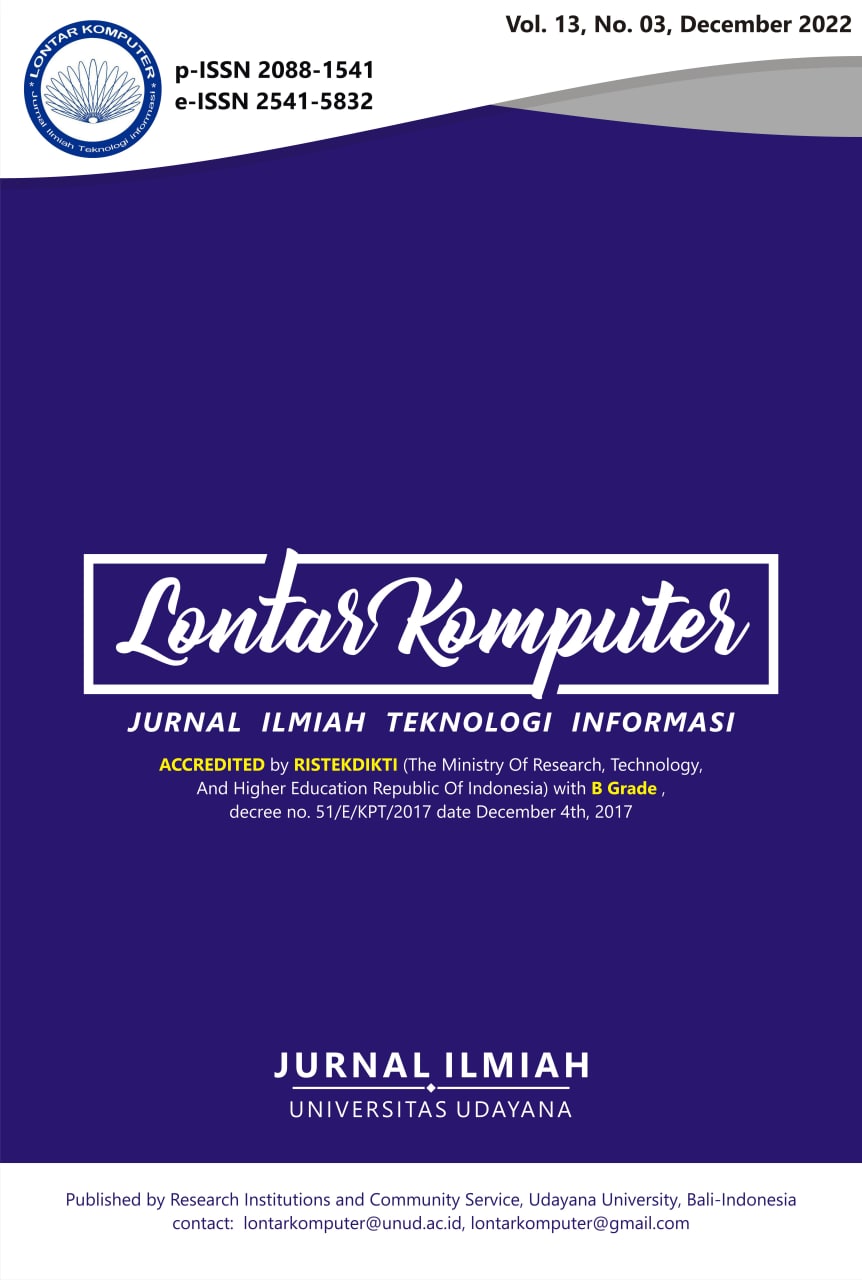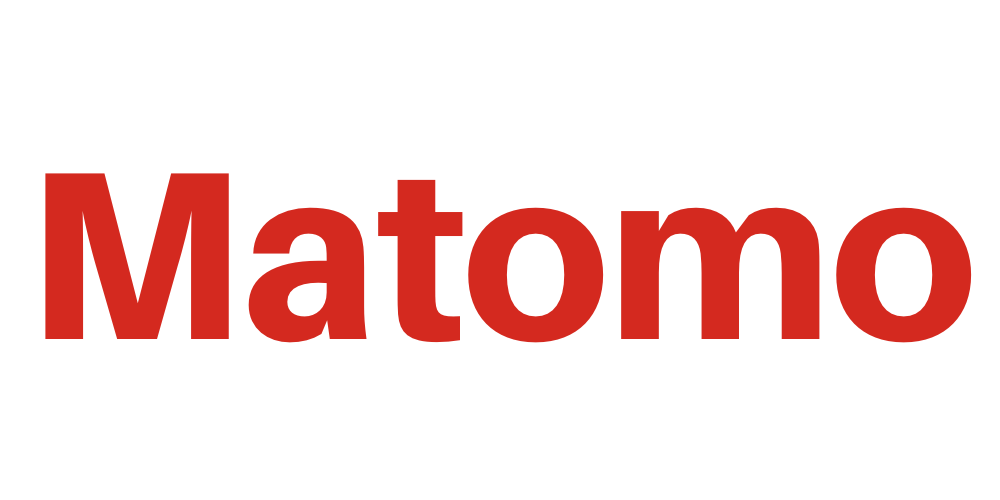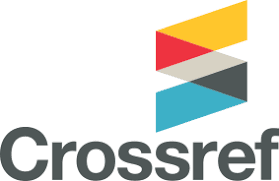Boosting Methods For Dengue Incidence Rate Prediction in Bandung District
Abstract
Dengue infections are among the top 10 diseases that cause the most deaths worldwide. Dengue is a severe global threat and problem, especially in tropical countries like Indonesia. The Indonesian Ministry of Health also stated that dengue is as dangerous as COVID-19. One of the preventive actions that can be taken is by controlling vectors (the Aedes aegypti mosquito) where weather factors influence their breeding. In this study, the prediction of dengue incidence rate is carried out using three boosting methods i.e., Extreme Gradient Boosting, Adaptive Boosting, and Gradient Boosting. The data used are monthly data of dengue incidence rate and weather data. The case study used is Bandung district, West Java Province, Indonesia. The important issues that is investigated in this study is to find the weather parameters that have the most influence on IR and gradually improve the prediction model through three test scenarios. From the test results, the weather parameter that has the most influence on the next month's IR is temperature. Meanwhile, the best training data length is five years (2016-2020). Finally, the best prediction model achieved by AdaBoost method with value of Root Mean Square Error and Correlation Coefficient for testing data (January-December 2021) are 0.55 and 0.95, respectively.
Downloads
References
[2] S. Choudhary, V. Gaurav, T. Sharma, V. V, and P. K R, “Forecasting Dengue and Studying its Plausible Pandemy using Machine Learning,” SSRN Electronic Journal., May 2019, doi: 10.2139/SSRN.3507320.
[3] S. Tiffany, D. Sarwinda, B. D. Handari, and G. F. Hertono, “The comparison between extreme learning machine and artificial neural network-back propagation for predicting the dengue incidences number in DKI Jakarta,” Journal of Physics: Conference Series, vol. 1821, no. 1, p. 012025, Mar. 2021, doi: 10.1088/1742-6596/1821/1/012025.
[4] A. M. Najar, M. I. Irawan, and D. Adzkiya, “Extreme Learning Machine Method for Dengue Hemorrhagic Fever Outbreak Risk Level Prediction,” 2018 International Conference on Smart Computing and Electronic Enterprise (ICSCEE), Nov. 2018, doi: 10.1109/ICSCEE.2018.8538409.
[5] W. Anggraeni et al., “Modified Regression Approach for Predicting Number of Dengue Fever Incidents in Malang Indonesia,” Procedia Computer Science., vol. 124, pp. 142–150, Jan. 2017, doi: 10.1016/J.PROCS.2017.12.140.
[6] J. Cheng et al., “Extreme weather conditions and dengue outbreak in Guangdong, China: Spatial heterogeneity based on climate variability,” Environmental Research, vol. 196, p. 110900, May 2021, doi: 10.1016/J.ENVRES.2021.110900.
[7] M. Mamenun, Y. Koesmaryono, R. Hidayati, A. Sopaheluwakan, and B. D. Dasanto, “Kemajuan Penelitian Pemodelan Prediksi Demam Berdarah Dengue menggunakan Faktor Iklim di Indonesia : A Systematic Literature Review,” Buletin Penelitian Kesehatan, vol. 49, no. 4, pp. 231–246, Dec. 2021, doi: 10.22435/BPK.V49I4.4762.
[8] V. J. Jayaraj, R. Avoi, N. Gopalakrishnan, D. B. Raja, and Y. Umasa, “Developing a dengue prediction model based on climate in Tawau, Malaysia,” Acta Tropica, vol. 197, Sep. 2019, doi: 10.1016/J.ACTATROPICA.2019.105055.
[9] T. H. F. Harumy, H. Y. Chan, and G. C. Sodhy, “Prediction for Dengue Fever in Indonesia Using Neural Network and Regression Method,” Journal of Physics: Conference Series, vol. 1566, no. 1, p. 012019, Jun. 2020, doi: 10.1088/1742-6596/1566/1/012019.
[10] J. Xu et al., “Forecast of dengue cases in 20 chinese cities based on the deep learning method,” International Journal of Environmental Research and Public Health, vol. 17, no. 2, Jan. 2020, doi: 10.3390/IJERPH17020453.
[11] M. M. Muzakki and F. Nhita, “The spreading prediction of Dengue Hemorrhagic Fever (DHF) in Bandung regency using K-means clustering and support vector machine algorithm,” 2018 6th International Conference on Information and Communication Technology (ICoICT), pp. 453–458, Nov. 2018, doi: 10.1109/ICOICT.2018.8528782.
[12] N. A. M. Salim et al., “Prediction of dengue outbreak in Selangor Malaysia using machine learning techniques,” Scientific Reports 2021, vol. 11, no. 1, pp. 1–9, Jan. 2021, doi: 10.1038/s41598-020-79193-2.
[13] T. M. Carvajal, K. M. Viacrusis, L. F. T. Hernandez, H. T. Ho, D. M. Amalin, and K. Watanabe, “Machine learning methods reveal the temporal pattern of dengue incidence using meteorological factors in metropolitan Manila, Philippines,” BMC Infectious Diseases, vol. 18, no. 1, pp. 1–15, Apr. 2018, doi: 10.1186/S12879-018-3066-0/FIGURES/3.
[14] D. Salami, A. Sousa, M. Do, and R. Oliveira Martins, “Predicting Dengue Importation Into Europe, Using Machine Learning and Model-agnostic Methods,” Scientific Reports, doi: 10.1038/s41598-020-66650-1.
[15] A. Puengpreeda, S. Yhusumrarn, and S. Sirikulvadhana, “Weekly Forecasting Model for Dengue Hemorrhagic Fever Outbreak in Thailand,” Engineering Journal, vol. 24, no. 3, pp. 71–87, May 2020, doi: 10.4186/ej.2020.24.3.71.
[16] H. Hersbach et al., “The ERA5 global reanalysis,” Quarterly Journal of the Royal Meteorological Society, vol. 146, no. 730, pp. 1999–2049, Jul. 2020, doi: 10.1002/QJ.3803.
[17] S. Aisyah, A. A. Simaremare, D. Adytia, I. A. Aditya, and A. Alamsyah, “Exploratory Weather Data Analysis for Electricity Load Forecasting Using SVM and GRNN, Case Study in Bali, Indonesia,” Energies, vol. 15, no. 10, pp. 1–17, 2022, Accessed: Sep. 07, 2022. [Online]. Available: https://ideas.repec.org/a/gam/jeners/v15y2022i10p3566-d814588.html.
[18] M. da C. M. Cunha et al., “Disentangling associations between vegetation greenness and dengue in a Latin American city: Findings and challenges,” Landscape and Urban Planning, vol. 216, p. 104255, Dec. 2021, doi: 10.1016/J.LANDURBPLAN.2021.104255.
[19] J. T. Lim, B. S. Dickens, S. Haoyang, N. L. Ching, and A. R. Cook, “Inference on dengue epidemics with Bayesian regime switching models,” PLOS Computational Biology, vol. 16, no. 5, p. e1007839, May 2020, doi: 10.1371/JOURNAL.PCBI.1007839.
[20] H. Lu, H. Gao, M. Ye, and X. Wang, “A Hybrid Ensemble Algorithm Combining AdaBoost and Genetic Algorithm for Cancer Classification With Gene Expression Data,” IEEE/ACM Transaction on Computational Biology and Bioinformatics, 2019.
[21] I. Kurniawan, M. Rosalinda, and N. Ikhsan, “Implementation of Ensemble Methods on QSAR Study of NS3 Inhibitor Activity as Anti-dengue Agent,” SAR and QSAR Environmental Research, vol. 31, no. 6, pp. 477–492, 2020.
[22] J. Wang and S. Tang, “Time series classification based on arima and AdaBoost,” MATEC Web of Conferences, vol. 309, p. 03024, 2020, doi: 10.1051/MATECCONF/202030903024.
[23] L. Prokhorenkova, G. Gusev, A. Vorobev, A. V. Dorogush, and A. Gulin, “CatBoost: unbiased boosting with categorical features,” Advanced Neural Information Processing Systems, vol. 2018-December, pp. 6638–6648, Jun. 2017, Accessed: Dec. 31, 2021. [Online]. Available: https://arxiv.org/abs/1706.09516v5.
[24] L. Liu, M. Ji, and M. Buchroithner, “Combining Partial Least Squares and the Gradient-Boosting Method for Soil Property Retrieval Using Visible Near-Infrared Shortwave Infrared Spectra,” Remote Sensing 2017, Vol. 9, Page 1299, vol. 9, no. 12, p. 1299, Dec. 2017, doi: 10.3390/RS9121299.
[25] T. Chen and C. Guestrin, “Xgboost: A scalable tree boosting system,” in Proceedings of the 22nd acm sigkdd international conference on knowledge discovery and data mining, 2016, pp. 785–794.
[26] W. Li, Y. Yin, X. Quan, and H. Zhang, “Gene expression value prediction based on XGBoost algorithm,” Frontier in Genetics, vol. 10, p. 1077, 2019.
[27] R. Dhia’a Abdu-Aljabar and O. A. Awad, “A Comparative analysis study of lung cancer detection and relapse prediction using XGBoost classifier,” IOP Conference Series: Materials Science and Engineering, vol. 1076, no. 1, p. 012048, Feb. 2021, doi: 10.1088/1757-899X/1076/1/012048.
[28] A. W. Ramadhan, D. Adytia, D. Saepudin, S. Husrin, and A. Adiwijaya, “Forecasting of Sea Level Time Series using RNN and LSTM Case Study in Sunda Strait,” Lontar Komputer: Jurnal Ilmiah Teknologi Informasi, vol. 12, no. 3, pp. 130–140, 2021.

This work is licensed under a Creative Commons Attribution 4.0 International License.
The Authors submitting a manuscript do so on the understanding that if accepted for publication, the copyright of the article shall be assigned to Jurnal Lontar Komputer as the publisher of the journal. Copyright encompasses exclusive rights to reproduce and deliver the article in all forms and media, as well as translations. The reproduction of any part of this journal (printed or online) will be allowed only with written permission from Jurnal Lontar Komputer. The Editorial Board of Jurnal Lontar Komputer makes every effort to ensure that no wrong or misleading data, opinions, or statements be published in the journal.
 This work is licensed under a Creative Commons Attribution 4.0 International License.
This work is licensed under a Creative Commons Attribution 4.0 International License.























